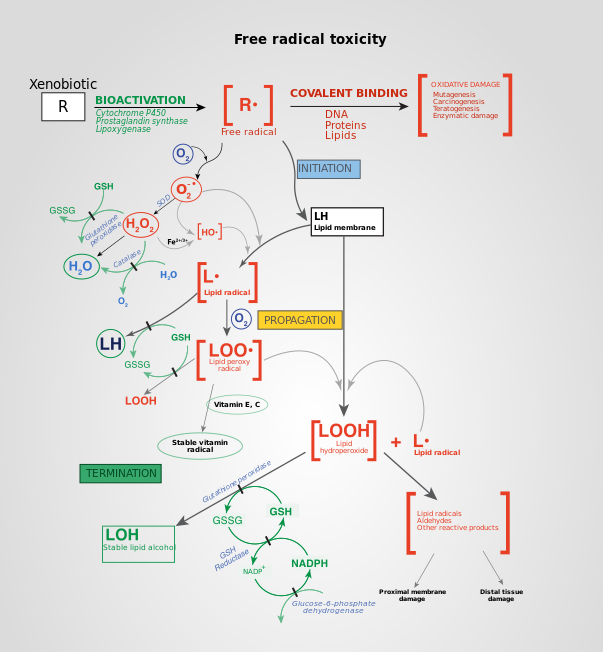
Factors Affecting Enzyme Activity Wiki
Lation of agreed standard methods of assay which. The Nature and Origin of Diversity in Enzyme Assay. Extreme pH values factors such as enzyme stability. Jul 1, 2014 - A control factor must be measured while conducting enzyme assays in. In such cases dilution of the enzyme-inhibitor mixture into the assay.
Contents • • • • • • • • • • • • • • • • • • • • General information [ ] Cofactors, mostly metal ions or coenzymes, are inorganic and organic chemicals that assist enzymes during the catalysis of reactions. Coenzymes are non-protein organic molecules that are mostly derivatives of vitamins soluble in water by phosphorylation; they bind to proteins to produce an active. Apoenzymes are enzymes that lack their necessary cofactor(s) for proper functioning; the binding of the enzyme to a coenzyme forms a holoenzyme.
Holoenzymes are the active form of an apoenzyme. Cofactor Cofactors can be metals or coenzymes, and their primary function is to assist in enzyme activity. They are able to assist in performing certain, necessary, reactions the enzyme cannot perform alone. They are divided into coenzymes.
A holoenzyme refers to a catalytically active enzyme that consists of both apoenzyme (enzyme without its cofactor(s)) and cofactor. There are two groups of cofactors: metals and small organic molecules called coenzymes. Coenzymes are small organic molecules usually obtained from vitamins. Prosthetic groups refer to tightly bound coenzymes, while cosubstrates refer to loosely bound coenzymes that are released in the same way as substrates and products. Loosely bound coenzymes differ from substrates in that the same coenzymes may be used by different enzymes in order to bring about proper enzyme activity. Enzymes without their necessary cofactors are called apoenzymes, which are the inactive form of an enzyme. All mp3 song download. Cofactors with an apoenzyme are called a holoenzyme, which is the active form.
General formula Metal cofactors [ ] Metal ions are common enzyme cofactors. Some enzymes, referred to as metalloenzymes, cannot function without a bound metal ion in the. In daily nutrition, this kind of cofactor plays a role as the essential trace elements such as: iron (Fe 3+), manganese (Mn 2+), cobalt (Co 2+), copper (Cu 2+), zinc (Zn 2+), selenium (Se 2+), and molybdenum (Mo 5+). For example, Mg 2+ is used in glycolysis.
In the first step of converting glucose to glucose 6-phosphate, before ATP is used to give ADP and one phosphate group, ATP is bound to Mg 2+ which stabilizes the other two phosphate groups so it is easier to release only one phosphate group. In some bacteria such as genus Azotobacter and Pyrococcus furiosus, metal cofactors are also discovered to play an important role.
An example of cofactors in action is the zinc-mediated function of carbonic anhydrase or the magnesium-mediated function of restriction endonuclease. Coenzyme [ ] A coenzyme is a small, organic, non-protein molecule that carries chemical groups between enzymes. It is the cofactor for the enzyme and does not form a permanent part in the enzyme's structure. Sometimes, they are called cosubstrates and are considered substrates that are loosely bound to the enzyme. In metabolism, coenzymes play a role in group-transfer reactions, such as ATP and coenzyme A, and oxidation-reduction reactions, such as NAD+ and coenzyme Q10. Coenzymes are frequently consumed and recycled. Chemical groups are added and detached continuously by an enzyme.

ATP synthase enzyme phosphorylates and converts the ADP to ATP, while Kinase dephosphorylates the ATP back to ADP at continuous rates as well. Coenzyme molecules are mostly derived from vitamins. They are also commonly made from nucleotides such as adenosine triphosphate and coenzyme A. Through further research in coenzyme activity and its binding effect on the enzyme, more can be revealed about how the enzyme changes conformationally and functionally. An example is of the MAPEG group of integral membrane enzymes. These enzymes are crucial in the catalytic transformation of lipophilic substrates, which are involved in arachidonic acid derived messengers production and xenobiotic detoxification.